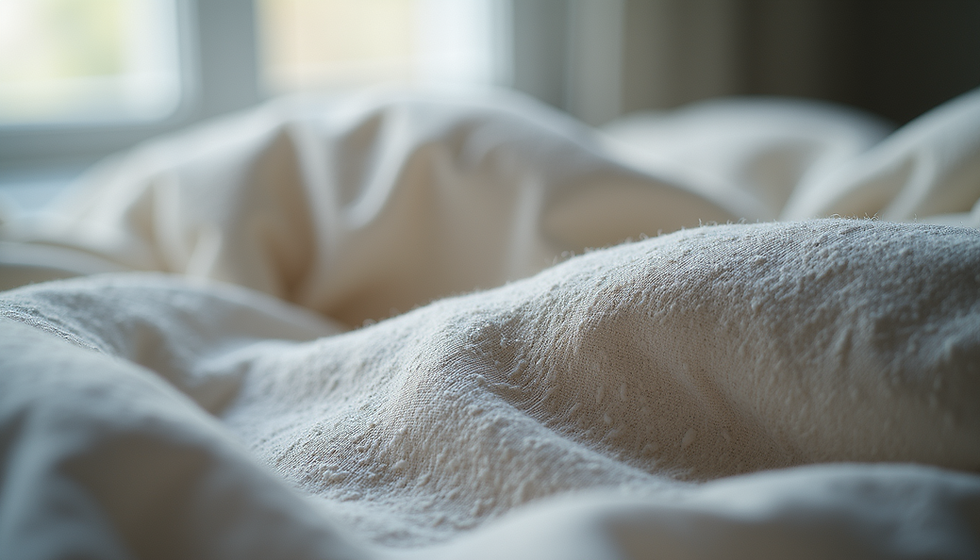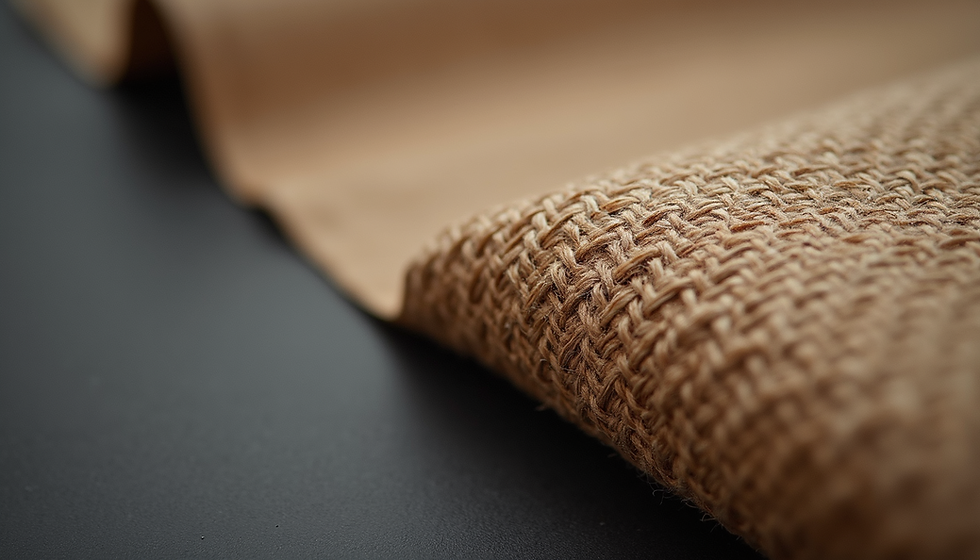Exploring the Versatility of Contemporary Fabric
- Tuna Textile

- 11 minutes ago
- 3 min read
When you consider the world of textiles today, the range of materials and their uses has expanded dramatically. The demand for innovative, durable, and aesthetically pleasing fabrics is higher than ever. This is especially true for global retailers, hotels, and interior decorators who seek to combine style with functionality. The modern textile industry offers a wealth of options, and understanding the versatility of these materials can help you make informed decisions that enhance your projects and product offerings.
Understanding Modern Textile Applications
Modern textile applications cover a broad spectrum of uses, from home furnishings to commercial interiors. You will find textiles used in curtains, upholstery, bedding, and even wall coverings. Each application requires specific fabric qualities such as durability, texture, and ease of maintenance.
For example, in hotel interiors, fabrics must withstand frequent use and cleaning while maintaining their appearance. Retailers need textiles that appeal to diverse customer tastes and trends, often requiring a balance between classic and contemporary styles. Interior decorators look for fabrics that complement design themes and create inviting atmospheres.
By focusing on these needs, you can select textiles that not only meet practical requirements but also elevate the overall aesthetic of your space or product line.

Key Features of Contemporary Fabric for Diverse Uses
When selecting textiles, it is essential to consider the fabric's composition and performance characteristics. Contemporary fabric, such as those offered by Tuna Textile, combines traditional craftsmanship with modern technology to deliver superior quality.
Here are some key features to look for:
Durability: Fabrics should resist wear and tear, especially in high-traffic areas.
Fade Resistance: Exposure to sunlight can cause colours to fade; UV-resistant fabrics maintain vibrancy longer.
Ease of Cleaning: Stain-resistant and washable fabrics reduce maintenance efforts.
Texture and Feel: The tactile experience influences comfort and perception of quality.
Design Versatility: Patterns and colours should suit various interior styles, from minimalist to luxurious.
For instance, polyester blends are popular for their strength and easy care, while natural fibres like cotton and linen offer breathability and softness. Innovations in fabric treatments also enhance water repellency and antimicrobial properties, making textiles more functional.

Practical Recommendations for Selecting Textiles
To make the most of modern textile applications, consider the following actionable tips:
Assess the Environment: Identify the conditions the fabric will face, such as sunlight, humidity, or heavy use.
Match Fabric to Function: Use heavier, more durable fabrics for upholstery and lighter, airy materials for curtains.
Test Samples: Always request fabric swatches to evaluate colour, texture, and compatibility with your design.
Consider Sustainability: Eco-friendly fabrics are increasingly important to consumers and can enhance your brand image.
Plan for Maintenance: Choose fabrics that align with your cleaning capabilities and schedules.
By applying these guidelines, you can ensure that your textile choices are both practical and visually appealing.
Innovations Driving Textile Versatility of Contemporary Fabric
The textile industry is continuously evolving, with new technologies expanding the possibilities for fabric use. Digital printing allows for intricate and custom designs, while smart textiles incorporate features like temperature regulation and stain resistance.
For example, some contemporary fabrics now include embedded sensors for health monitoring or lighting effects for ambiance. These innovations open new doors for hotels and retailers looking to offer unique experiences.
Moreover, advances in fibre technology have led to blends that combine the best qualities of natural and synthetic materials. This results in fabrics that are soft yet strong, breathable yet water-resistant.
Enhancing Your Projects with Quality Textiles
Choosing the right textiles can transform your projects. Whether you are outfitting a hotel lobby or designing a retail display, the fabric you select plays a crucial role in the overall impression.
By partnering with reliable suppliers like Tuna Textile, you gain access to a wide range of premium options that meet international standards. Their expertise in Turkish curtains and textiles ensures you receive products that combine tradition with modern demands.
Remember, investing in quality textiles not only improves aesthetics but also reduces replacement costs and enhances customer satisfaction.
Exploring the versatility of contemporary fabric allows you to stay ahead in a competitive market. By understanding the features, applications, and innovations in fabric technology, you can make choices that support your business goals and delight your clients. Embrace the potential of modern textile applications and elevate your offerings with fabrics that truly perform.



Comments